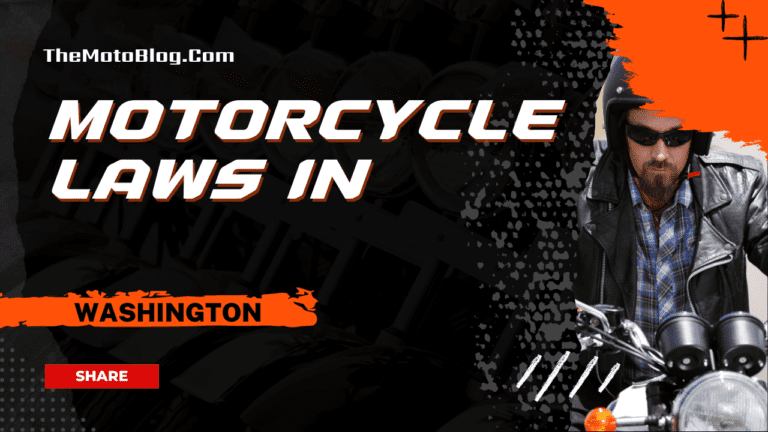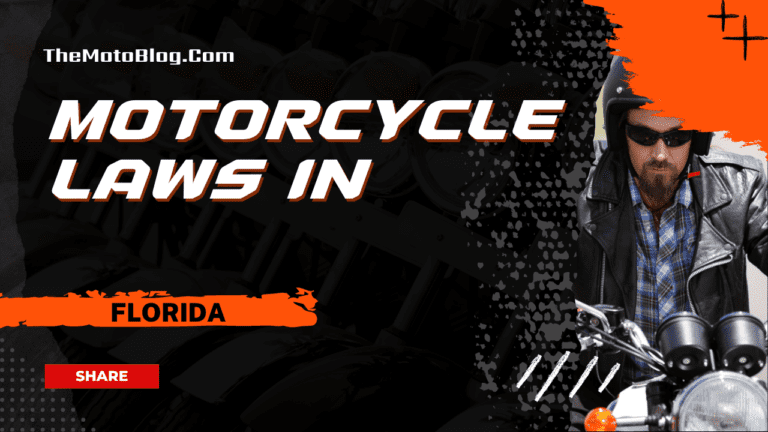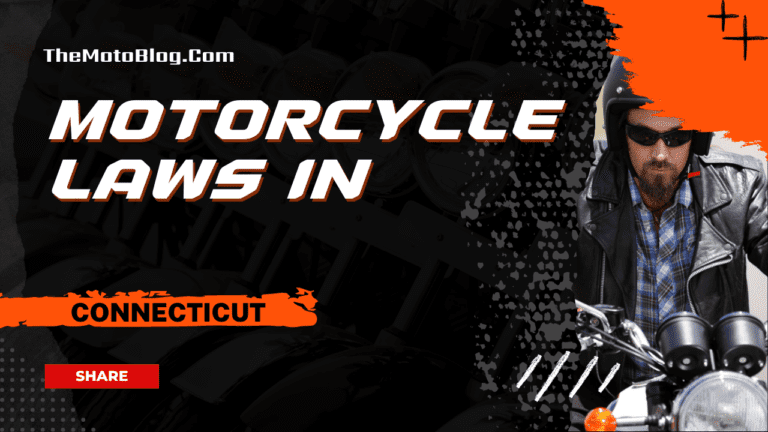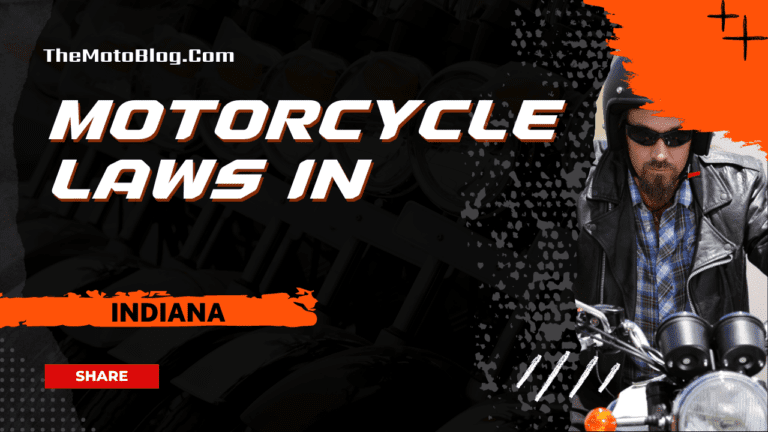Motorcycle Laws in Oregon: A Comprehensive Guide for Riders
Oregon’s diverse terrain offers exceptional motorcycling opportunities, but riders must navigate specific state regulations to ensure safe and legal operation. While Washington’s motorcycle laws and California’s regulations govern neighboring territories, Oregon maintains distinct requirements for motorcyclists traversing its scenic highways and mountain passes. Whether you’re exploring the Pacific Coast or heading inland toward Idaho’s motorcycle routes, understanding Oregon’s motorcycle laws is essential for both residents and visitors.
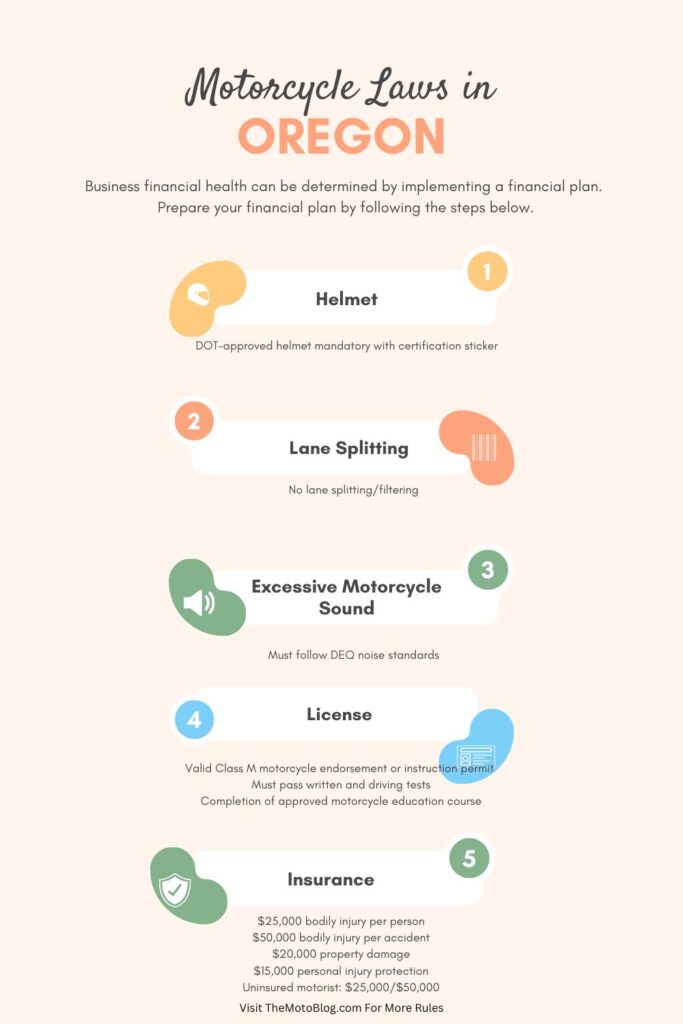
| Requirement | Details |
|---|---|
| Minimum Age | 16 years old |
| License Requirements | – Valid Class M motorcycle endorsement or instruction permit – Must pass written and driving tests – Completion of approved motorcycle education course |
| Insurance Coverage | – $25,000 bodily injury per person – $50,000 bodily injury per accident – $20,000 property damage – $15,000 personal injury protection – Uninsured motorist: $25,000/$50,000 |
| Required Safety Equipment | – DOT-approved helmet with certification sticker – White headlight (always on) – Red taillight and brake light – Turn signals (post-1973 motorcycles) – At least one rear-view mirror – Functioning horn – Wheel fenders |
| Operating Restrictions | – No lane splitting/filtering – Handlebars max 15 inches above seat – Must follow DEQ noise standards |
| Passenger Requirements | – DOT-approved helmet mandatory – Proper passenger seat – Footrests and handholds required |
| Speed Limits | – Interstate: 65 mph – Business district: 20 mph – Residential: 25 mph – School zones: 20 mph |
| Documentation Required | – Motorcycle endorsement/permit – Driver’s license – Vehicle registration – Current insurance proof |
| Violation Fines | – No endorsement: Up to $720 – No insurance: License suspension – Helmet violation: $115-$250 – Speeding: $115-$440 |
| Instruction Permit Rules | – Supervision by endorsed rider 21+ – Daylight hours only – No passengers allowed |
| Special Vehicles | Mopeds (50cc or less): – Valid driver’s license required – DOT helmet mandatory – No passengers Three-Wheelers: – Autocycles exempt from motorcycle endorsement – Others require motorcycle/restricted endorsement |
Licensing and Endorsement Requirements
To legally operate a motorcycle in Oregon, riders must obtain proper licensing and endorsements. The state requires:
- Valid Class M motorcycle endorsement or motorcycle instruction permit
- Minimum age of 16 years old
- Completion of written and driving tests
- Mandatory approved motorcycle education course
Instruction Permit Restrictions
- Supervision by an endorsed rider 21 or older
- Daylight hours only
- No passengers permitted
Safety Equipment Requirements
Helmet Laws
Oregon strictly enforces helmet laws for all riders and passengers:
- DOT-approved helmets mandatory for all
- Helmets must display DOT certification stickers
- Violations result in Class D traffic fines ($115-$250)
Required Vehicle Equipment
- White headlight (always illuminated)
- Red taillight with brake light functionality
- Turn signals (mandatory for post-1973 motorcycles)
- At least one rear-view mirror
- Functioning horn
- Wheel fenders
Operating Regulations
Oregon maintains specific operating rules:
- Lane splitting/filtering prohibited
- Handlebars limited to 15 inches above seat height
- Exhaust systems must meet DEQ noise standards
Insurance Coverage Requirements
Minimum insurance requirements include:
- $25,000 bodily injury per person
- $50,000 bodily injury per accident
- $20,000 property damage
- $15,000 personal injury protection per person
- Uninsured motorist coverage: $25,000/$50,000
Passenger Requirements
When carrying passengers:
- DOT-approved helmets mandatory
- Proper passenger seat required
- Footrests and handholds necessary
Registration and Documentation
Riders must carry:
- Valid motorcycle endorsement/permit
- Driver’s license
- Vehicle registration
- Current insurance proof
Traffic Laws and Speed Limits
Speed restrictions vary by zone:
- Interstate highways: 65 mph
- Business districts: 20 mph
- Residential areas: 25 mph
- School zones: 20 mph
Violation Penalties
Consequences for violations include:
- Riding without endorsement: Up to $720
- Insurance violations: License suspension
- Helmet violations: $115-$250
- Speeding fines: $115-$440 depending on speed
Special Vehicle Classifications
Three-Wheeled Vehicles
- Autocycles exempt from motorcycle endorsement
- Standard three-wheelers require motorcycle or restricted endorsement
Mopeds (50cc or less)
- No passengers allowed
- Valid driver’s license required
- DOT-compliant helmet mandatory
Oregon’s motorcycle laws balance safety requirements with riding freedom, creating a framework for responsible road use throughout the state. As you venture between Washington’s mountain roads and California’s coastal highways, remember that each state’s regulations differ. Staying informed about these laws ensures a safe and compliant riding experience across Oregon’s remarkable landscapes.
Motorcycle Laws in the US By States
If you liked this article, then please subscribe to our YouTube Channel for more Bike Videos. You can also find us on Instagram, Twitter and Facebook.
Disclosure: As an Amazon Associate, I earn from qualifying purchases. Read more about Amazon Affiliate Disclaimer.

Vishwanath Mathpati
I am Vishwanath Mathpati, a full-time Blogger and Motorcyclist from Bidar, Karnataka. I love writing about my Motorcycles Stories and Riding Gears on this blog.
Know More About Me.


